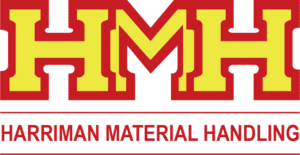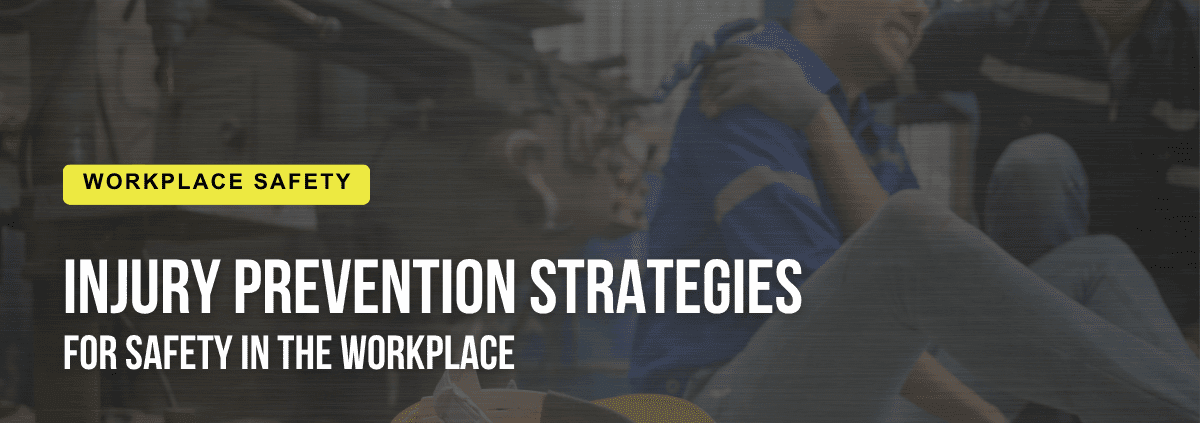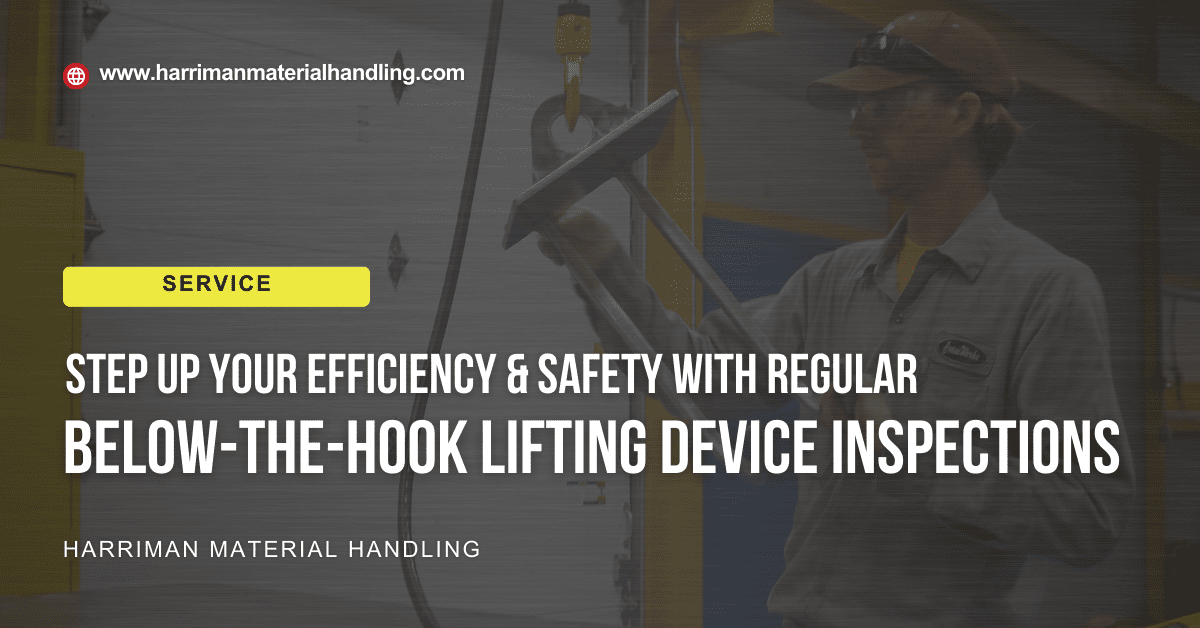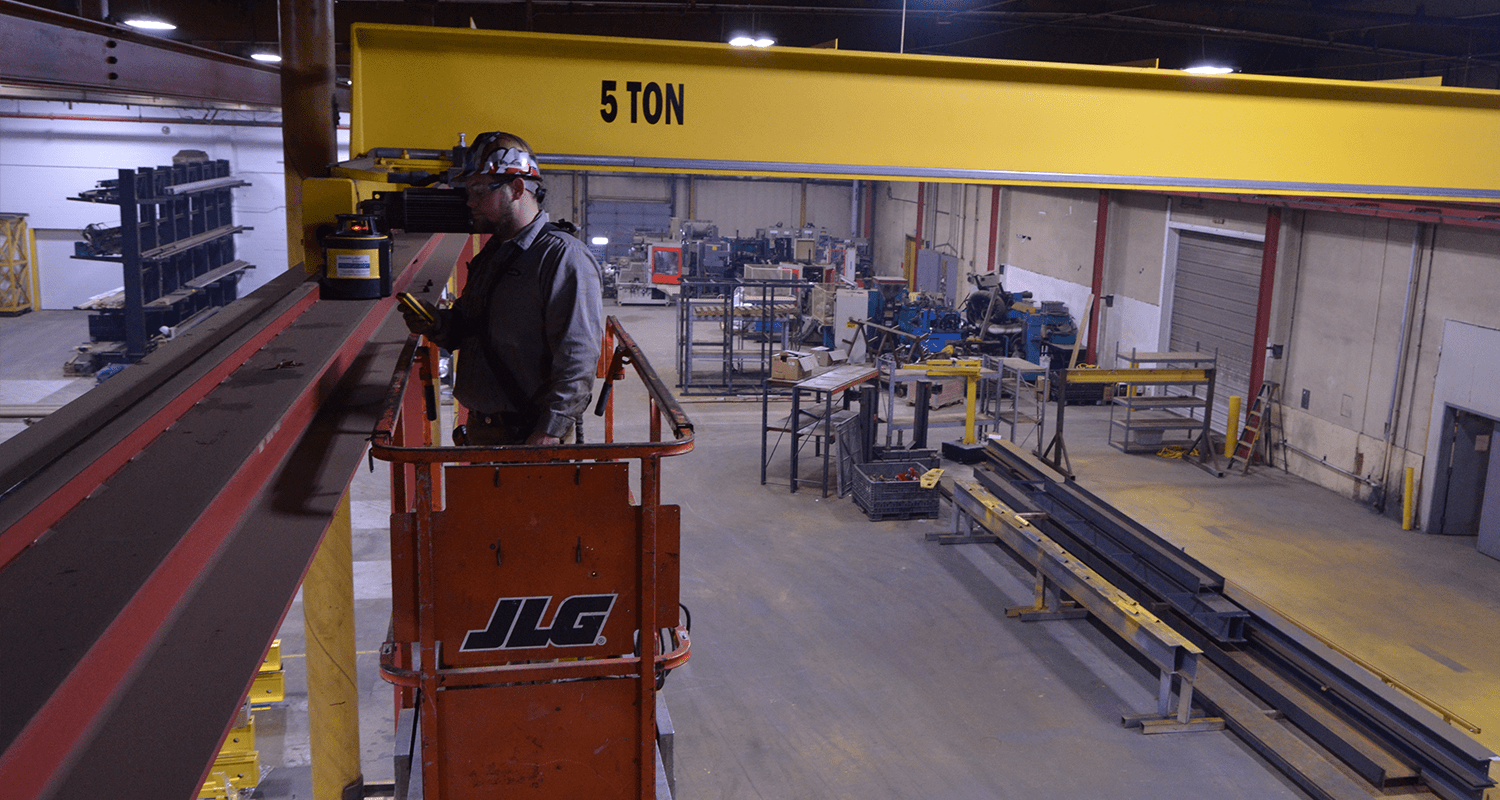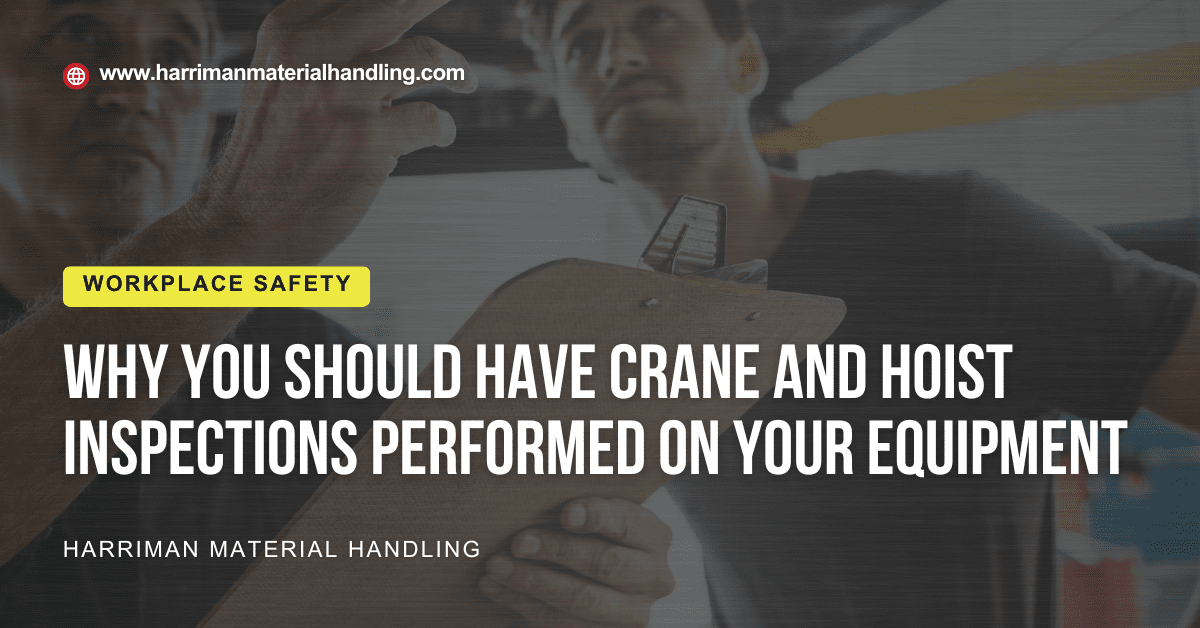Injury Prevention Programs
“Injury prevention programs play a crucial role in bolstering community support and well-being. In any community, the impact of injuries extends far beyond the individual level, affecting families, neighborhoods, and the overall social fabric.”
Some existing organizations The American Trauma Center recommends considering for injury prevention programs include the National Safety Council, Wear Orange, and the National Council on Aging.
Forming Partnerships for Injury Prevention
Injury prevention initiatives are critical for community prosperity and unity, recognizing that injuries echo beyond individuals – impacting the union of families, neighborhoods, and society.
“Partnerships play a pivotal role in the development and success of injury and violence prevention programs.” – American Trauma Society
Collaborative partnerships are necessary for producing effective injury and violence prevention strategies, underscoring their critical contribution to program success and value. NTAM provides the Six Degrees of Cooperation, asking, “Who do you know? Who do they know?” It’s important to consider people that you know in working together to actively prevent injuries.
Policies
While personal behavioral changes and community-based interventions are critical, sustained progress in curbing injuries and violence requires systemic shifts at the policy level. Advocacy initiatives strengthen the voices of those affected, raise crucial awareness, and rally support for evidence-based policies and regulations.
Policies include a broad spectrum, from backing safety standards in various industries and implementing rigid traffic laws to regulating firearm access and stiffening public health initiatives. By actively advocating for and implementing resilient policies, individuals and communities can assist environments that prioritize safety, mitigate risk factors, and ultimately save lives.
Integrating advocacy and policy into injury prevention strategies is essential for instigating enduring, impactful change that benefits individuals, communities, and society as a whole. HMH, alongside the American Trauma Society, encourage you to get involved in your community, engage with advocacy efforts, and contribute to shaping policies that safeguard our collective well-being. Together, we can create safer, healthier environments for everyone.
Population
Injury prevention encompasses efforts to reduce and, whenever possible, eliminate risks and hazards that jeopardize individuals’ safety, leading to both intentional and unintentional harm. Understanding the diverse contexts in which individuals live, work, and play is crucial, considering factors such as age, geographic location, and socio-economic status. Recognizing and addressing these risks is integral to effective injury prevention strategies, aiming to diminish the severity of trauma.
The Social Determinants of Health (SDOH), as defined by the Center for Disease Control, encompass non-medical factors that significantly influence health outcomes. These include the environments in which individuals are cared for, develop, work, reside, and age, as well as the broader systems and influences shaping their daily living conditions.
